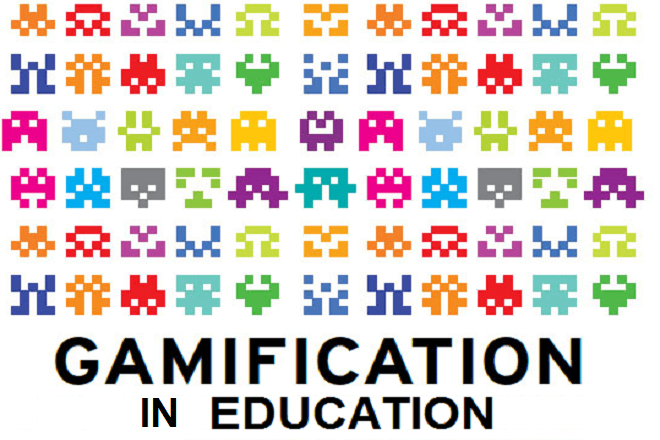We are all aware about the growth of Education technology. We almost everywhere hear introduction of new tools that impact the way of teaching and learning. And it is also proven that majority of teachers are satisfied with the technology integration
in education and their love for technology is increasing. What we should note is that not only teachers, but students love technology too, & majority of students and parents are also positive about edtech.
As stated in the 2013 NMC Horizon’s Report on Higher Education, various technologies will increase its adoption in higher education, like massive open online courses (MOOCs), Tablet Computing, Gamification, Learning Analytics, 3D Printing and Wearable Technology.
The six technologies featured above are placed along three adoption horizons that indicate likely timeframes for their entrance into mainstream use for teaching, learning, and creative inquiry. The near-term horizon assumes the likelihood of entry into the mainstream for higher education institutions within the next 12 months; the mid-term horizon, within two to three years; and the far-term, within four to five years.
We can completely understand how new 3D printing and wearable technology are in the education market, which is why they have been included in the far term. The reason that trend like Gamification is included in the mid-term by NMC might be that: Even though with more and more innovations by vendors and adoption by students and teachers, game based learning is having a good impact on education, it still has great scopes to grow and evolve.
Here are some more reasons to it:
New form of learning requires changes:
Gamification is using design and the mechanics of video games in order to construct a classroom experience. In other words, students learn by playing computer-based games, which range from simulation-based games, to Massively Multiplayer Online (MMO) games, to Alternate Reality Games (ARGs). The NMC notes that most games are goal-oriented, social, and simulate real world experiences relevant to students’ lives. The goal of gamification should be to increase engagement and learning outcomes for students in an interactive and fun way. Though with some good tools and examples across the web, colleges are experimenting the idea of gamification, the level of satisfaction is still not up to the mark.
Critics do not support gamification elements:
Some critics say that elements of games, such as levels and badges might “distract from real learning objectives.” But we have to admit the fact that students love this method and enjoy their learning process, hence for many students, games make effective teachers.
Creating mission and objectives for students might turn out to be positive for them to bring out their competitive nature as well as team-building skills. In fact according to Network Computing, gamification encourages engagement, so students must pay attention and process information in order to achieve an objective. As such, many students experience deeper understanding and better retention of the material.
Only Few Colleges and Companies Integrate Gamification currently
Yes, it is true that few of the institutions like Harvard Medical School, the University of Connecticut and the University of Pennsylvania are working on integrating gamification into the learning process. Few other examples like McGill University’s Open Orchestra simulation program, and St. Edward’s University used gamification in its Global Social Problems, Local Action & Social Networks for Change project. But the number of such institutions are still very less for widespread adoption to be true.
Amongst the companies, edX has adopted gamification as a key component of many of its courses but we can surely picture other MOOC providers stepping into it.
These reasons might have answered the question why adoption of gamification is slow, and why will it take atleast 2-3 years for its widespread adoption in the education industry.
Though gamification has a number of applications in organization as well, what we are eager to see is its impact on education sector and surely for the betterment.


